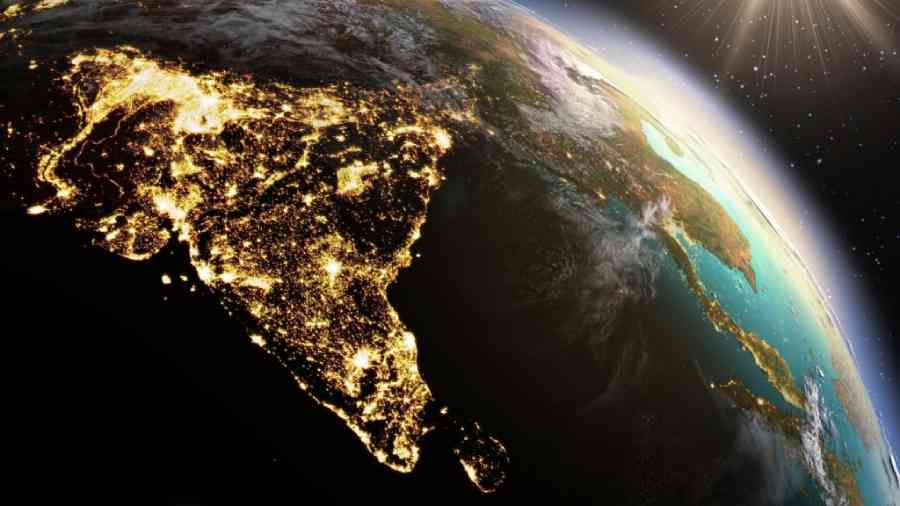This is yet another ‘India Shining’ story. But as opposed to the failed political campaign, this one has a bright side — quite literally. Normalised Night Time Light Radiance has increased significantly in India, suggest data from the Night Time Atlas prepared by the Indian Space Research Organisation’s National Remote Sensing Centre. On an average, the surge in NTLR, calculations suggest, has been around 43% nationally between 2012 and 2021. Some spots in the country seem to be shining brighter than others. For instance, Bihar has witnessed a phenomenal jump of 474%, while Manipur has done equally well with an acceleration of 441%. Andhra Pradesh, Uttar Pradesh, Gujarat and Madhya Pradesh have reportedly done well. Bengal has been among the moderate performers; interestingly, Maharashtra and Tamil Nadu, supposedly India’s principal industrial hubs, are keeping Bengal company in this middle rung. But that could be because the base parameters were higher for these two industrious states.
The NTA may, quite understandably, get planners, politicians and economists excited. This is because NTLR is being increasingly seen as a methodological tool of some reliability. A measure of such indices as electricity consumption, urban expansion, poverty, energy consumption and so on — the traditional markers of ‘progress’ — could, arguably, be obtained from the data. Some international financial institutions of repute, including the World Bank and the Asian Development Bank, are of the opinion that the data can also be mined to map socio-economic progress in the absence of relevant information. This kind of alternative data set assumes significance in an age when statistics on progress are routinely fudged by States. The implications of the NTLR are, of course, not limited to the realms of economics and policy. The claim for such progress can have political dimensions. For example, it will not be surprising if Bihar’s widening, luminescent footprints on the NTA are used by competing politicians of that state to credit themselves for introducing visionary power reforms.
Progress has, undoubtedly, been made. But this progress needs to be even. That means corners of India’s hinterland that lie in the dark must be brought to light. Equally important is to ensure that the progress is sustainable. This is where scale becomes important. In other words, NTLR must not cross into the problematic territory of light pollution whose consequences are diverse. Scientists are now certain that light pollution causes severe ecological strain — the psychology of nocturnal species gets affected adversely; avians are disoriented; it even leads to algal bloom that is deleterious to marine life. Humans are not safe either: light pollution is associated with a number of physiological and psychological disorders, including fatigue, anxiety and sleep disorders.
The loss can also be cultural and cosmic. The human faculty has always had a need for the dark not just for repose but also to engage in the creative thought process. With nearly every corner of space — private and public — being subjected to the glare of illumination, civilisation’s organic link with the twilight sphere — mystery, mystique and after-life — may suffer an unfortunate rupture.










